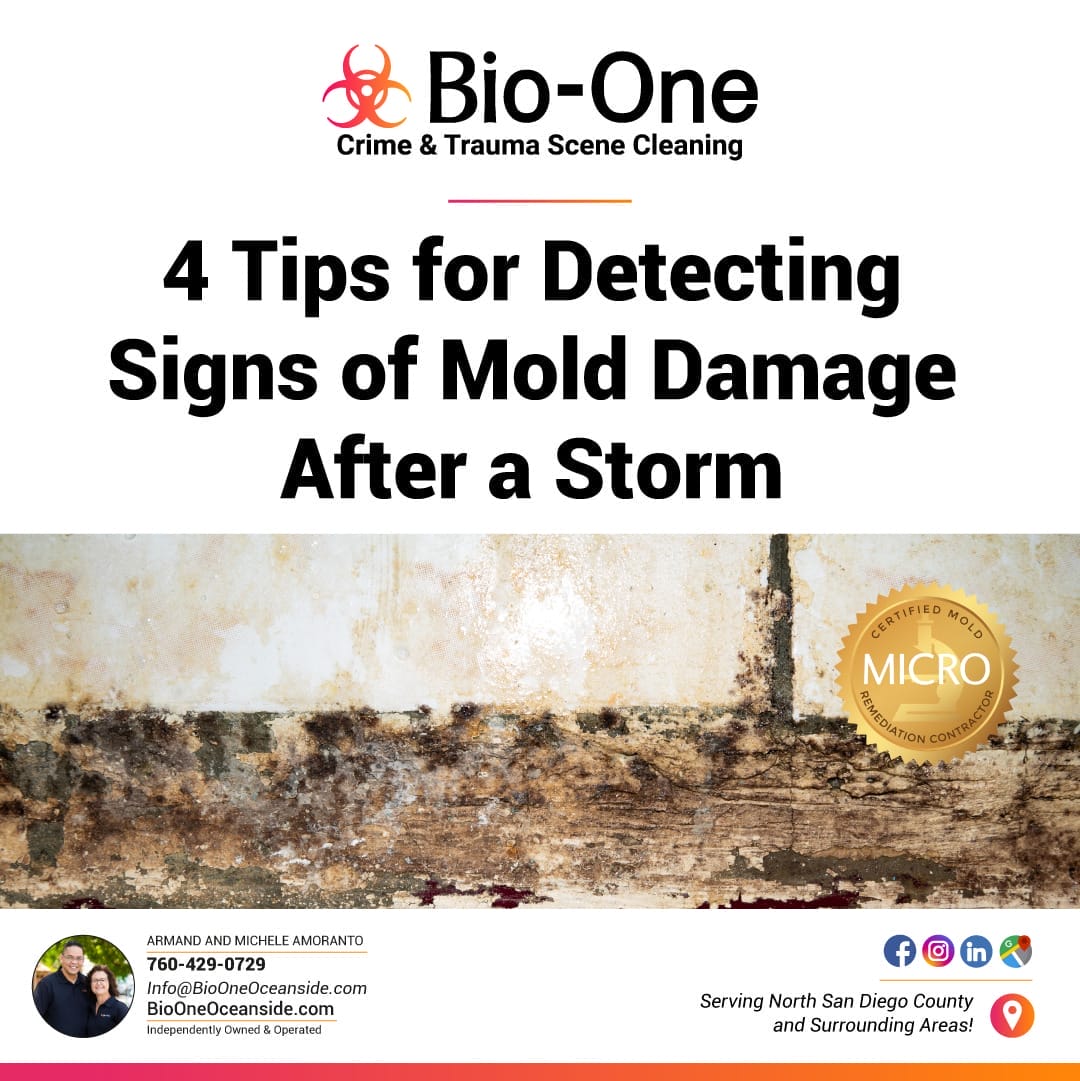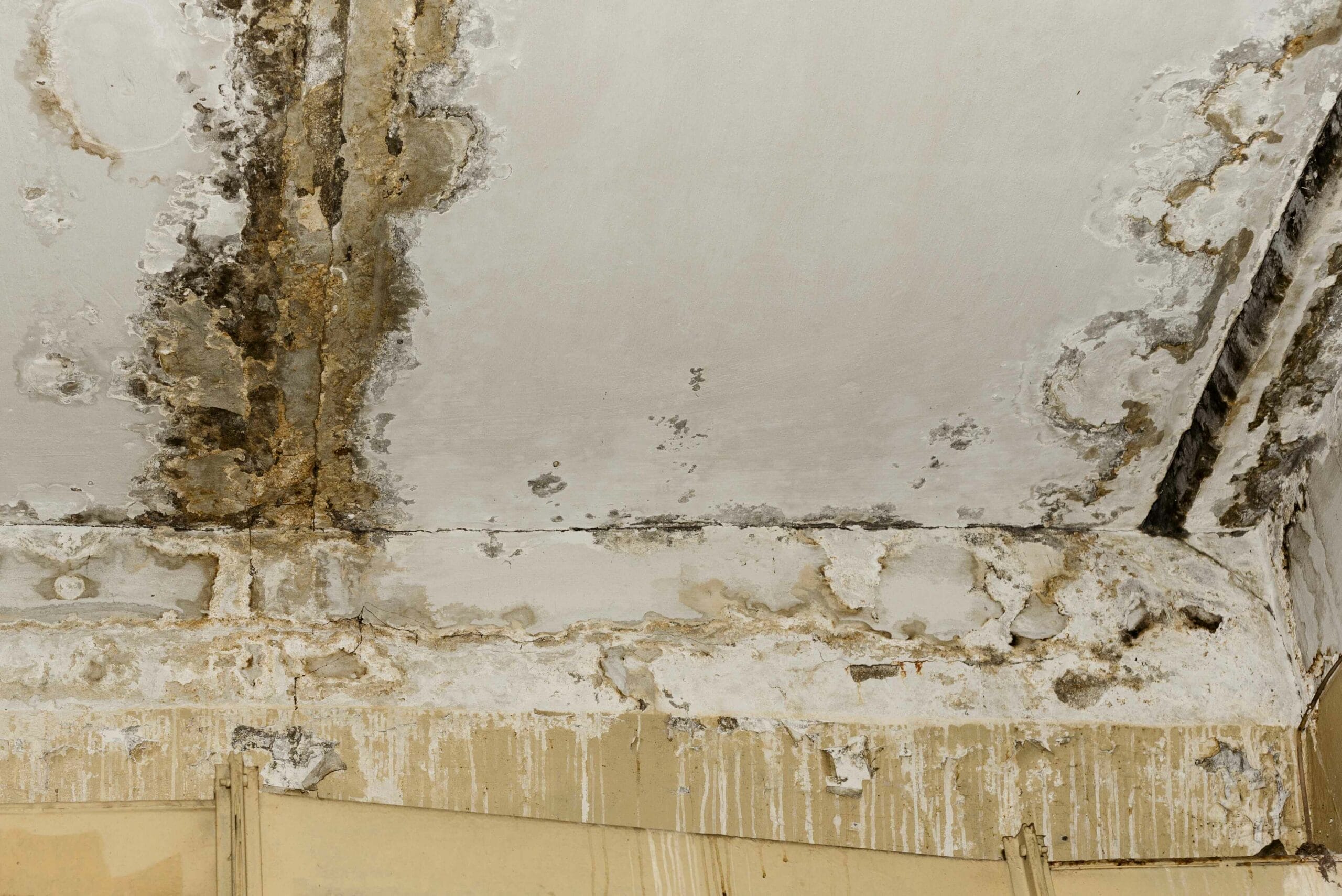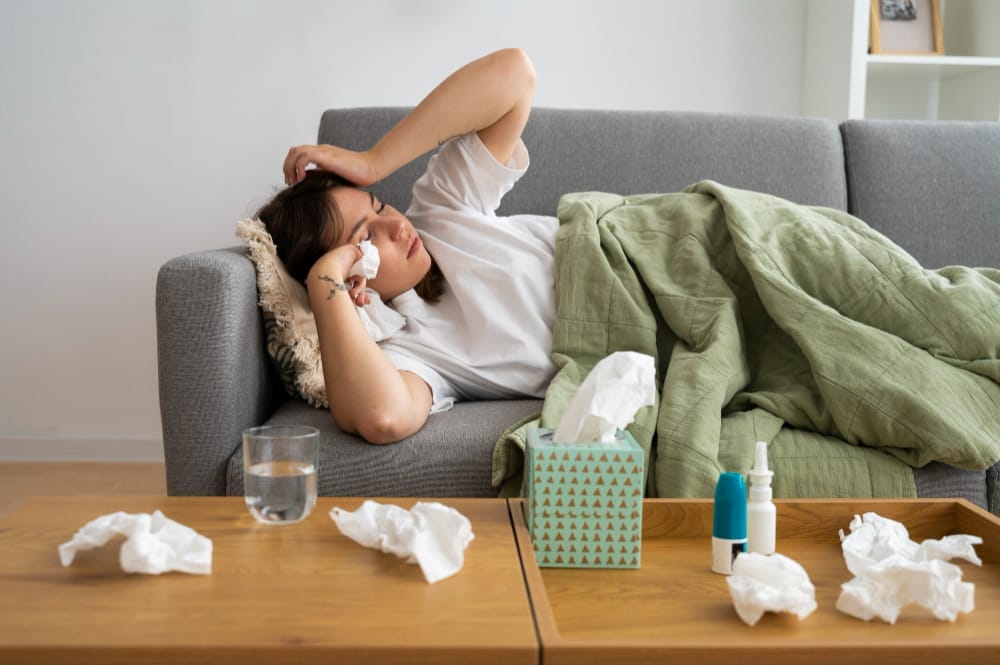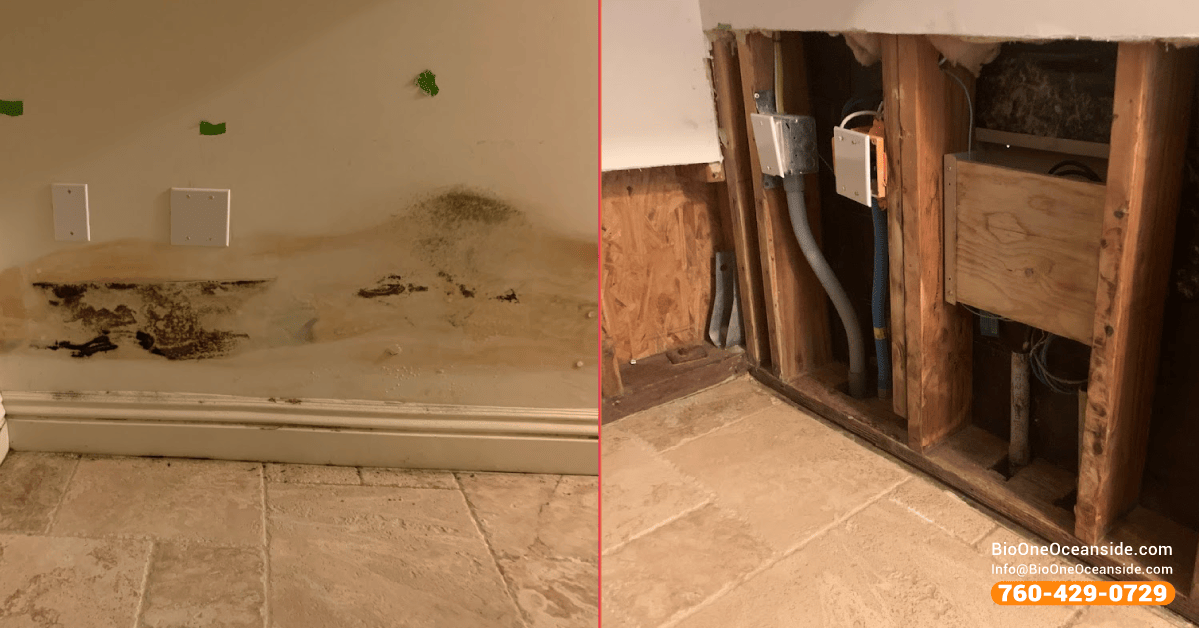
The aftermath of a storm or heavy rain can leave behind damp areas that are ideal for mold growth. It is important to detect the signs of mold growing indoors to prevent it from spreading and causing trouble. In this blog, we will provide you with 4 tips on how to detect the signs of mold growth and how to tackle it. We will also discuss the hazards associated with mold exposure, and why you should trust a professional mold remediation company like Bio-One of Oceanside to restore areas impacted by mold, mildew, and water damage.

Look for Visible Signs of Mold Growth
The most obvious sign of mold damage after a storm is if you can visually see it on surfaces such as walls, ceilings, or floors. Mold often forms in moist areas, so start by checking areas such as bathrooms, basements, and even kitchens. Remember that mold doesn't always appear black or green in color. It can also appear yellow, pink, or even white.
Be sure to inspect the areas where the rain got the heaviest or where there was significant flooding.
Smell for Musty Odors
Mold has a distinct musty odor, so even if you can't see any visible signs, you can still detect mold by the smell. Mold spores usually emit a pungent musty odor that can be unpleasant. If you detect a strong, musty smell in a specific area, it's a sign that mold might be present.

Among the strongest, most characteristic musty odors is the scent of washed and dried paper. This smell will be present even if mold isn't visible on the surface. So, if you experience this odor in your home or business after a storm, it's best to have an inspection done immediately.
Watch Out for Water Damage
Water damage is a significant factor that can contribute to the dissemination of mold. After a storm, it's important to keep an eye out for water damage. It can lead to damp areas in your home that can be ideal for mold growth. Signs of water damage may include:
- Dark spots or discoloration on walls, ceilings, or floors
- Peeling paint or wallpaper
- Bubbling or warping of surfaces
- Musty smells in specific areas
If you notice water damage, take immediate action by calling a professional before the area grows.

Monitor Your Health
Many people underestimate the dangers of mold exposure. Symptoms of mold exposure can range from mild allergies to more severe respiratory problems. If you or any of your family members start experiencing unexplained symptoms such as coughing, wheezing, or sneezing, it's important to contact a professional to identify if mold is the cause.
Black mold, particularly, can be extremely harmful to your health if left untreated. Additionally, make sure to monitor your indoor air quality regularly. High levels of mold spores in the air can lead to health issues, so investing in an air purifier or regular ventilation can help prevent mold growth and keep you healthy.
Bio-One of Oceanside Can Help
Mold growth after a storm can be harmful to your health and cause great damage to your home. Stay vigilant in detecting signs of mold growth early to prevent it from spreading. If you suspect mold is present, contact a professional mold remediation company like Bio-One of Oceanside to restore areas impacted by mold and water damage.

With these 4 tips in mind, you can detect and tackle the problem before it causes any harm. Remember, we are micro-certified mold remediation contractors, and are here to help!


